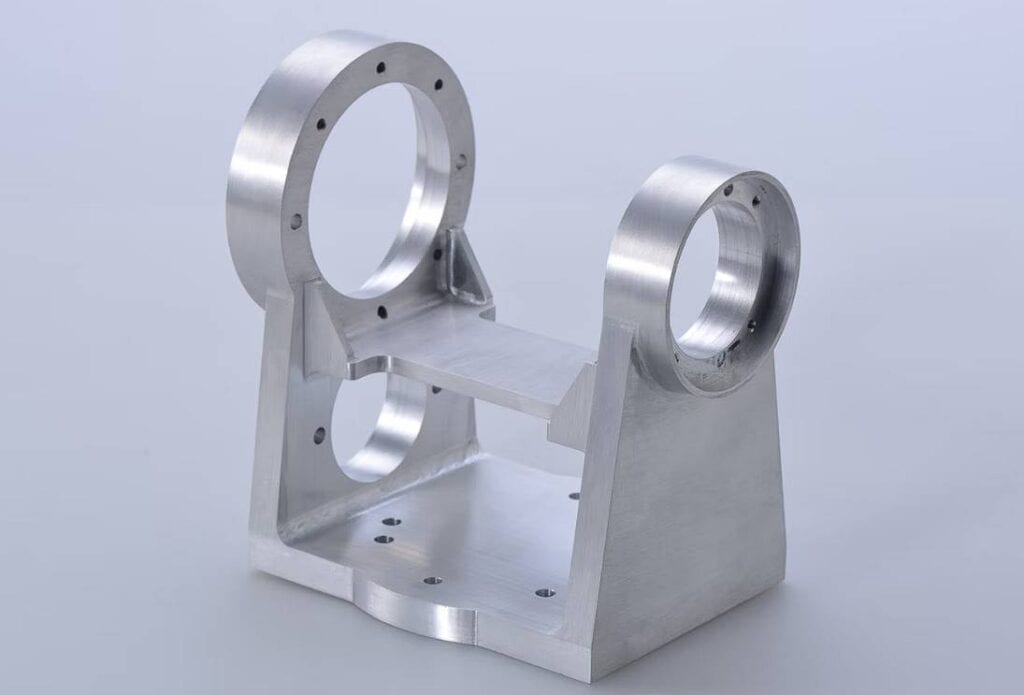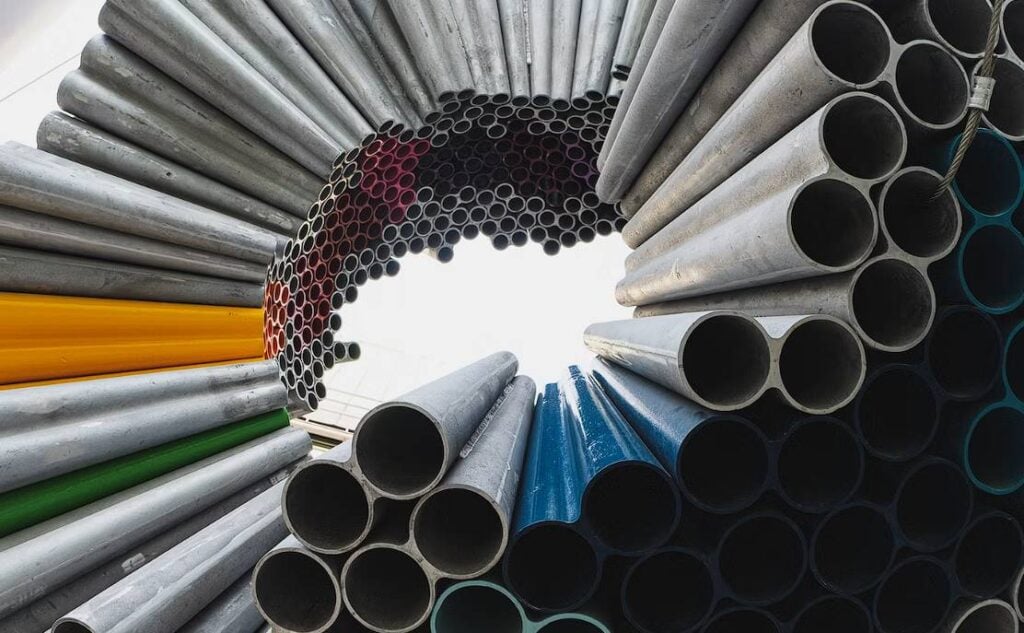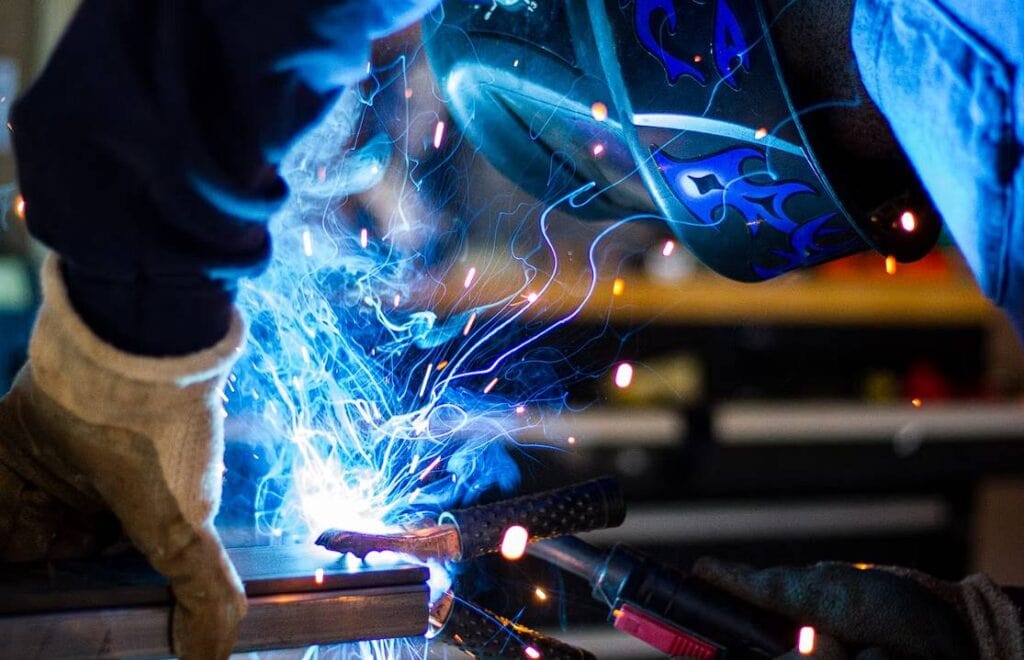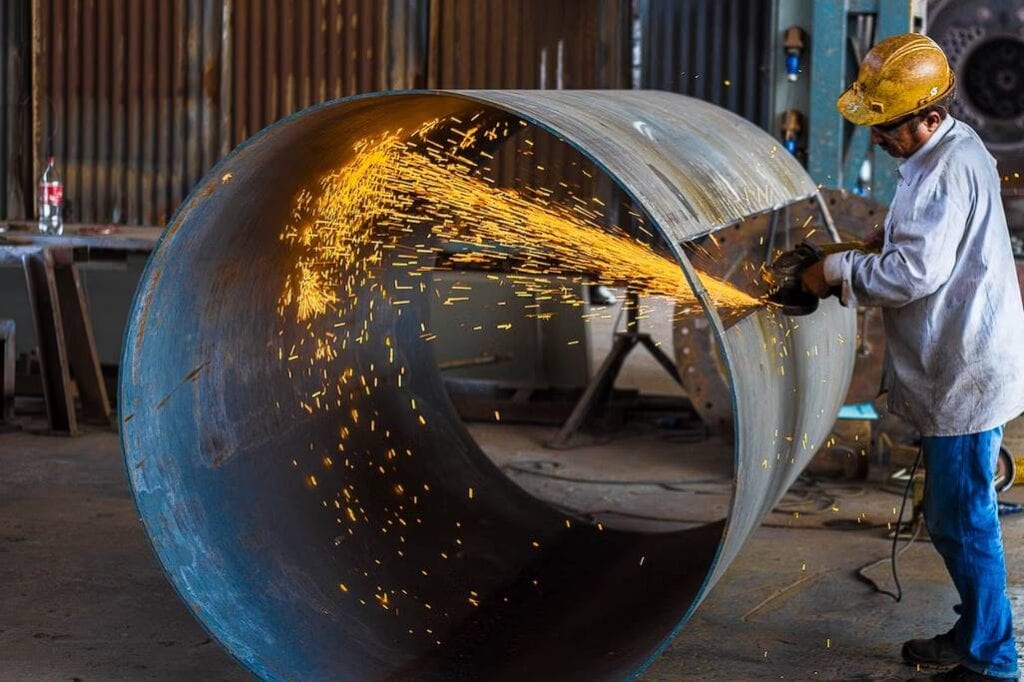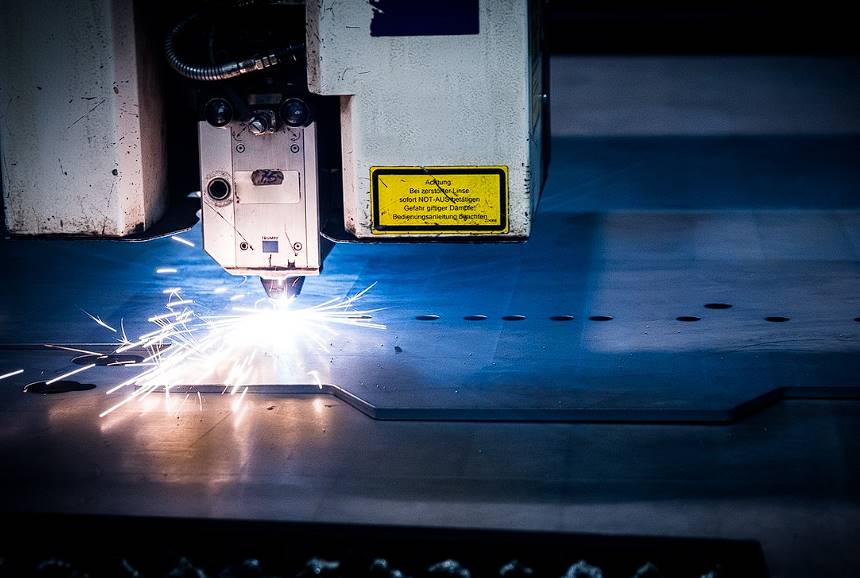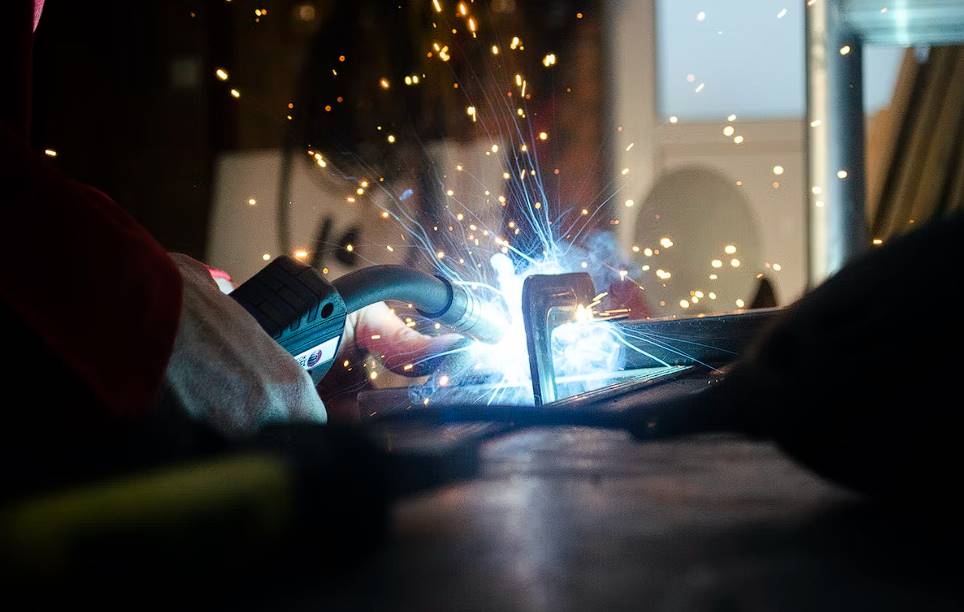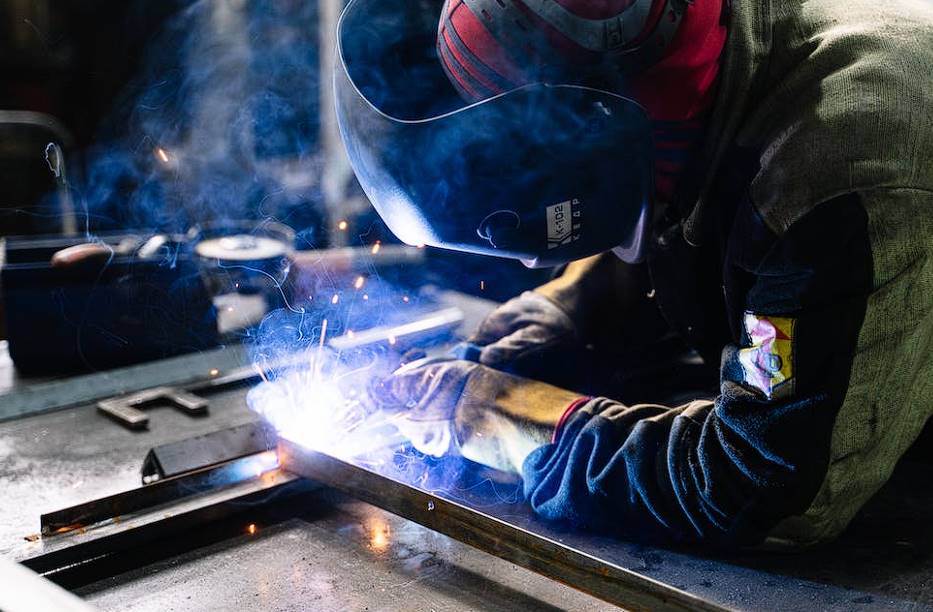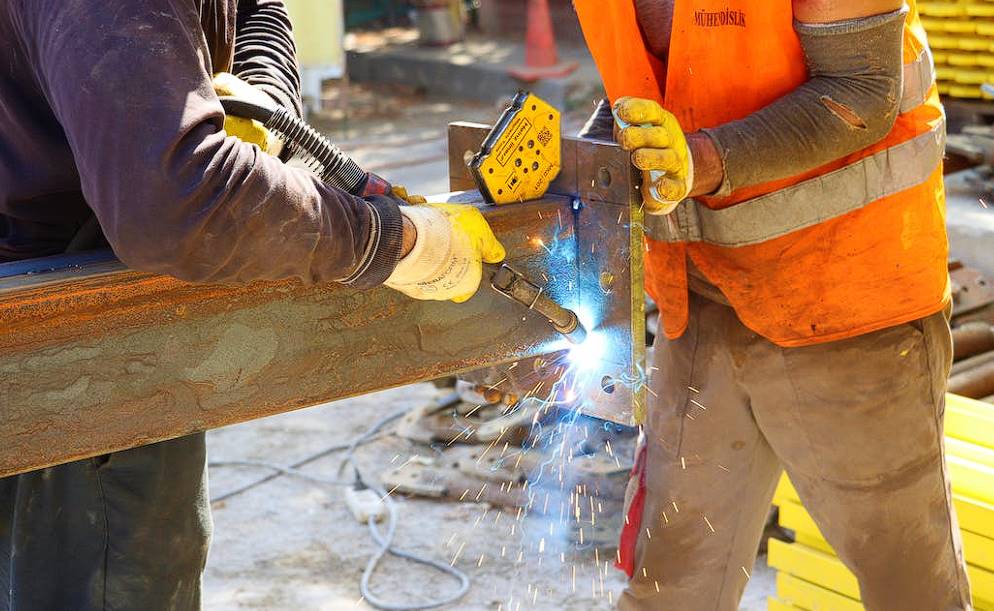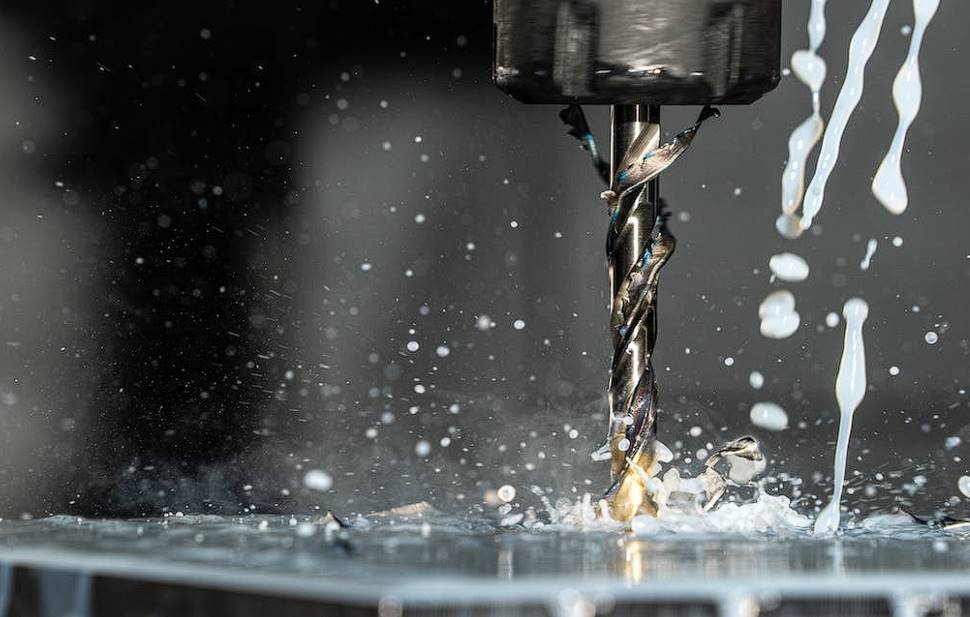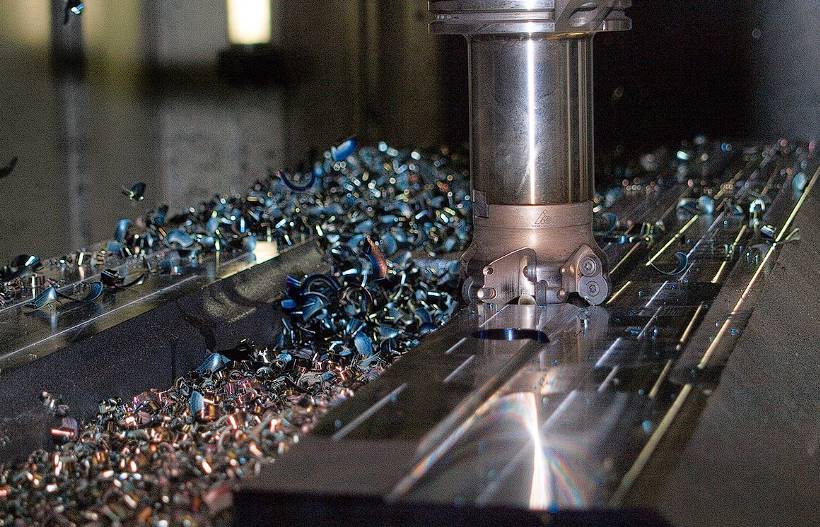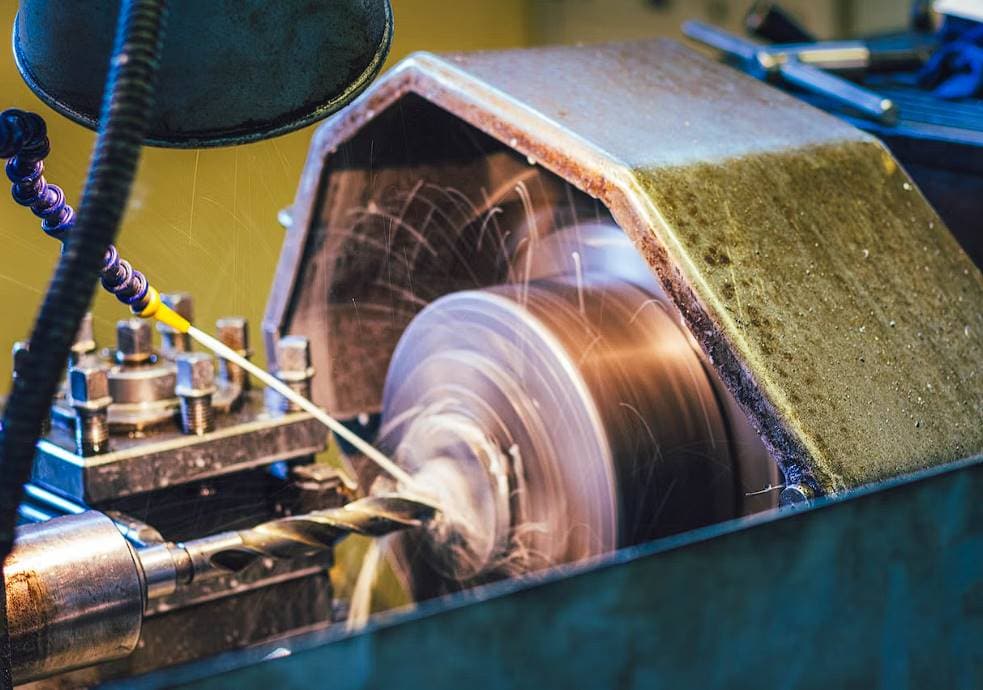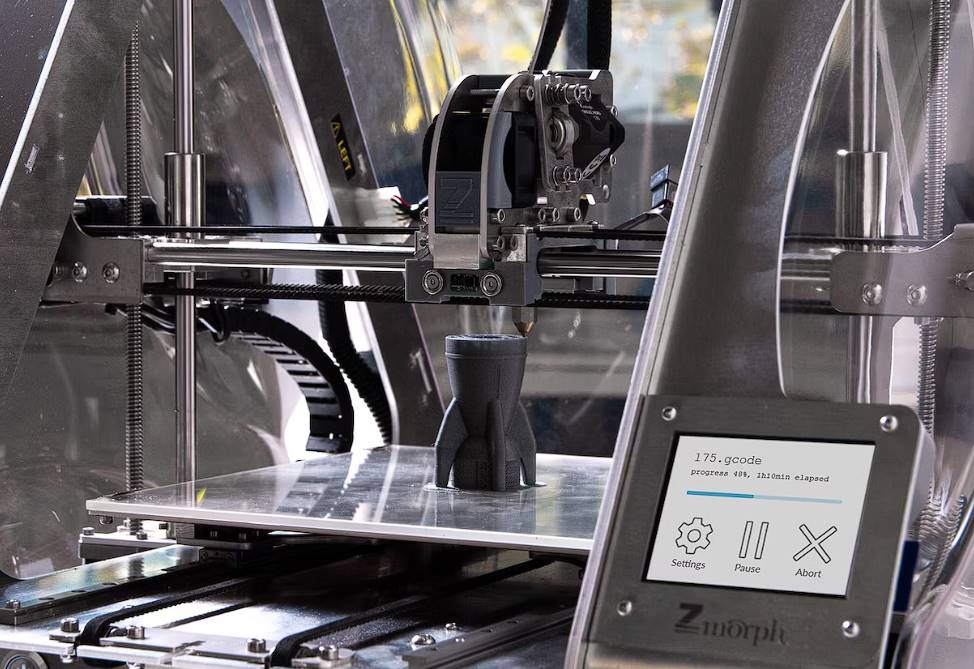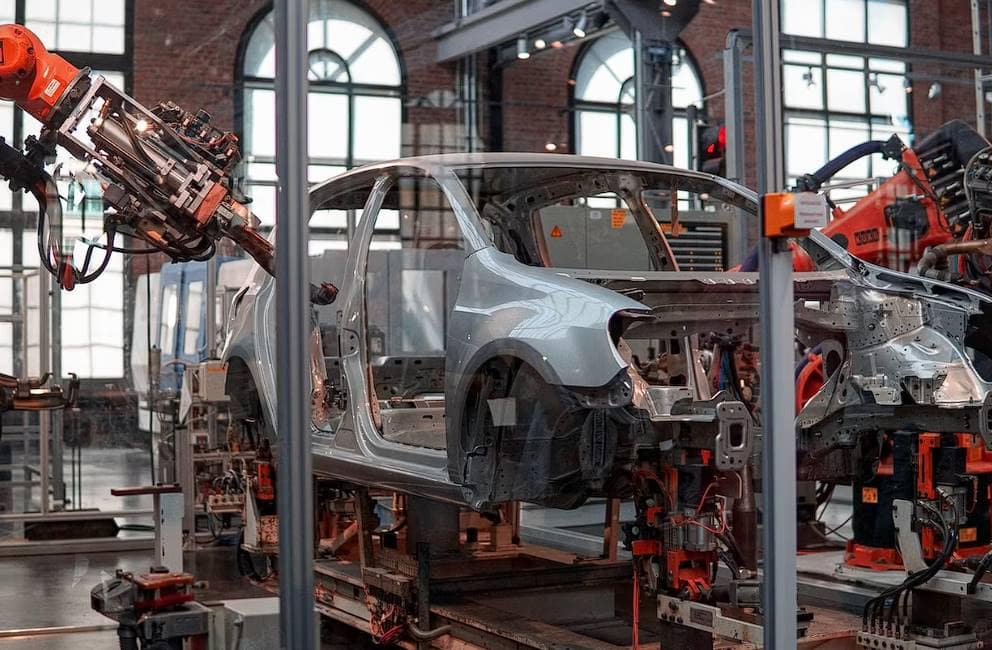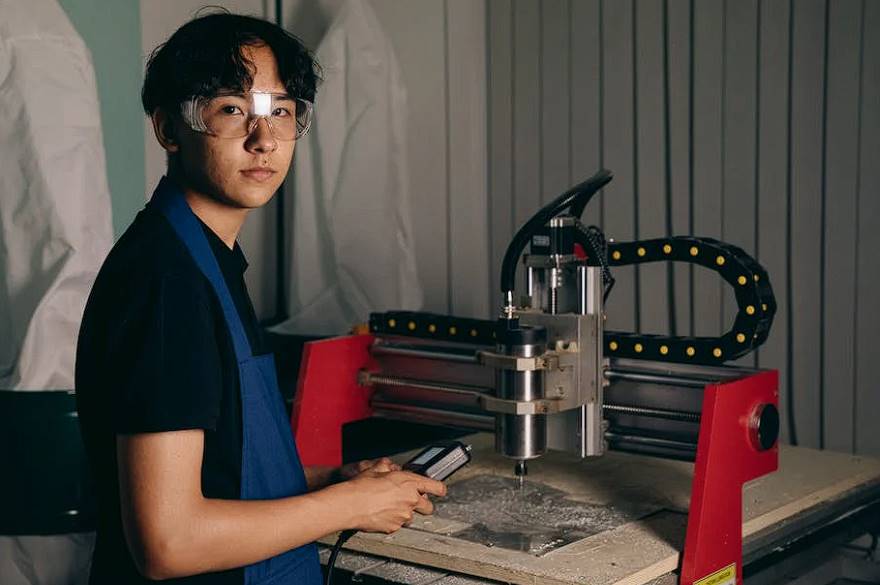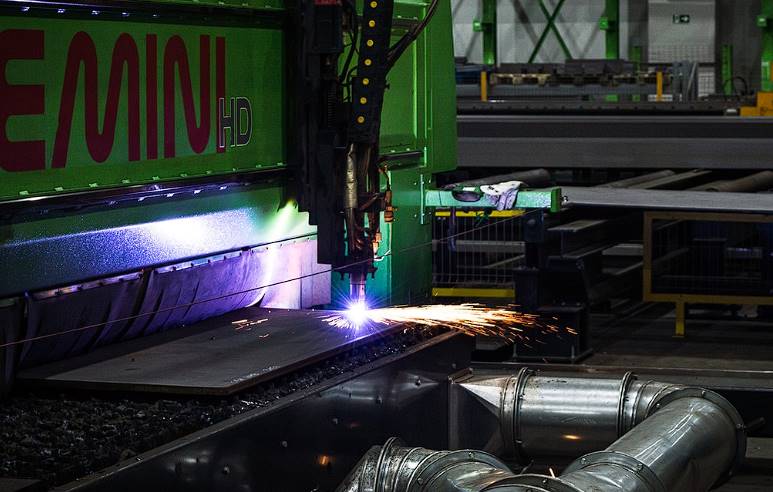There is a lot of attention and importance on whether cold-rolled steel can rust in the complicated world of metal fabrication and design. Cold-rolled steel is used in many fields, from making cars to building houses, because it has a smooth finish and accurate measurements. However, corrosion can quickly happen, which pros and enthusiasts must pay attention to.
This blog post goes into more detail about cold-rolled steel's fight against rust. It talks about the conditions under which it can corrode, the science behind how rust forms, and what can be done to protect this helpful material from time and nature. Come with us as we break down the complicated properties of cold-rolled steel and how well it resists rust. This will help anyone working with this material in their projects.
Discovering Cold-Rolled Steel
Cold-rolled steel, a fundamental material in precision industries, embodies strength, versatility, and fine finish. This material's journey from raw alloy to engineered metal strips, foils, and plates is a testament to technological advancement and meticulous craftsmanship. Here's a synthesis of insights gathered from leading manufacturers and suppliers in the field:

The Essence Of Cold-Rolled Steel:
Cold-rolled steel is produced by further processing hot-rolled steel through cold reduction mills at room temperature. This process refines the steel's thickness and enhances its surface finish and mechanical properties. The result is a product that combines aesthetic appeal with structural integrity, making it indispensable in various precision industries.
A Spectrum Of Applications:
From the intricate mechanisms of watches to the critical components in medical devices, automotive, aviation, and electronics, cold-rolled steel's applications are as diverse as they are demanding. Its ability to be tailored to specific requirements—extra-flat strips for chemical etching or stress-relieved materials for high-precision parts—underscores its versatility.
Custom Solutions And Technologies:
By utilising technologies such as cold rolling, slitting, levelling, and heat treatments, these companies can meet the stringent requirements of various industries and ensure that each product is engineered to perfection.
Quality And Environmental Stewardship:
Quality is not just about meeting industrial standards but also about respecting and preserving the environment. Companies like Robert Laminate are passionate about environmental management, integrating respect for nature into every project from the outset. This commitment is reflected in their products, which are of the highest quality and produced with an eye towards sustainability.
The Swiss Precision Touch:
Swiss-made products are renowned for their precision, and cold-rolled steel is no exception. With a history dating back to 1836, companies like Robert Laminage exemplify the Swiss tradition of excellence. Their products, ranging from coiled strips to blank plates and discs, testify to the meticulous attention to detail that goes into every batch.
Facing The Challenges Of Rust:
While cold-rolled steel boasts superior surface finish and mechanical properties, it is not immune to rust. However, through protective coatings, environmental control, and regular maintenance, its longevity and performance can be significantly enhanced.
A Future Forged In Steel:
As industries evolve, the demand for high-quality, precision-engineered metals like cold-rolled steel will grow. Manufacturers and suppliers are constantly innovating, developing new alloys, and refining their processes to meet their clients' ever-changing needs.
The Science Of Rust Formation
The phenomenon of rust formation on rolled metals, a common issue in various industries, is a complex interplay of chemical reactions influenced by environmental conditions. This comprehensive exploration synthesises insights from multiple authoritative sources to understand rust formation and its prevention better.
Understanding Rust Formation:
Rust, or iron oxide, forms when iron combines with oxygen in the presence of water or moisture. This process, known as oxidation, is accelerated by electrolytes, such as salt, making specific environments more conducive to rusting. Due to their extensive surface area and processing methods, rolled metals are particularly susceptible to this form of corrosion.
The Role Of Water And Oxygen:
Water acts as a catalyst in rust formation, with its molecules breaking down into hydrogen and oxygen. The free oxygen then bonds with iron to form iron oxide. Interestingly, even the moisture present in the air can facilitate this reaction, highlighting the pervasive nature of rusting and its challenge to metal preservation.
The Impact Of Acids And Ph Levels:
Acidic conditions, including those created by acid rain or industrial pollutants, can significantly accelerate the rusting process. The lower the pH, the higher the acidity and the faster the corrosion rate. This effect underscores the importance of environmental factors in rust formation and the need for protective measures in areas prone to acid exposure.
Types Of Rust And Their Characteristics:
Rust can manifest in various forms with distinct visual and structural characteristics. These include:
- Red Rust: Commonly seen as reddish-brown patches, it forms in wet, oxygen-rich environments.
- Yellow Rust: Occurs in very wet conditions, leading to a runny appearance.
- Brown Rust: A dry, spotty form of rust, often resulting from manufacturing contaminants.
- Black Rust: Appears as a black stain, forming in areas with limited oxygen.
Preventive Measures Against Rust:
Preventing rust formation is crucial to extending the lifespan of rolled metals. Strategies include:
- Proper Storage: Keeping metals in dry, controlled environments to minimise exposure to moisture and oxygen.
- Use of Protective Coatings: Apply paints, plastics, or powders to create a barrier between the metal and corrosive elements.
- Hot-dipped Galvanisation: Coating metal with molten zinc to form a protective layer.
- Cathodic Protection involves using a more reactive metal as a sacrificial anode to attract corrosion away from the protected metal.
Economic And Structural Implications:
Rust formation on rolled metals can have significant economic and structural implications, leading to the deterioration of critical infrastructure, machinery, and vehicles. The annual cost of corrosion to economies is substantial, necessitating ongoing efforts in research, development, and application of rust prevention technologies.
Can Cold-Rolled Steel Rust?
Whether cold-rolled steel can rust is relevant across various industries, from construction to manufacturing. Cold-rolled steel, known for its superior strength, machinability, and tight tolerances, is a pivotal material in the modern world. Yet, its susceptibility to rust is a concern that cannot be overlooked. Drawing insights from multiple authoritative sources, this article delves into the nature of cold-rolled steel, its propensity for corrosion, and the measures that can be taken to mitigate this vulnerability.
Understanding Cold-Rolled Steel:
Cold-rolled steel is produced by the cold rolling process, where the steel is cooled at near room temperature and then undergoes annealing and tempers rolling. This method enhances the steel's surface finish, tolerance, concentricity, and straightness, making it superior to hot-rolled steel. However, despite these advantages, cold-rolled steel does contain a low carbon content, and without proper protective measures, it is prone to rust when exposed to moisture and oxygen.
The Rusting Process:
Rust, or iron oxide, forms when iron (the primary component of steel) reacts with oxygen in the presence of water or moisture. This reaction is a form of corrosion, a natural process that deteriorates metal. Cold-rolled steel's smooth, deoxidised matte finish provides an excellent substrate for protective coatings, which are essential in preventing rust. However, cold-rolled steel is vulnerable to corrosion without such coatings or in environments with high moisture.
Preventive Measures:
- Surface Protection: Applying rust-preventative oils containing corrosion-inhibiting additives is a common practice to shield cold-rolled steel from rust. These oils form a protective barrier that minimises the steel's exposure to moisture and oxygen.
- Environmental Control: Maintaining clean, dry surroundings in climate-controlled storage is crucial to prevent corrosion. Regular maintenance to remove debris, mud, or dirt for projects exposed to the elements can help mitigate rust formation.
- Physical Barriers: Protective coatings such as paints, lacquers, or galvanisation can significantly enhance the rust resistance of cold-rolled steel. These coatings act as physical barriers, preventing moisture and oxygen from reaching the steel surface.
- Galvanised Steel: Opting for galvanised steel, which is coated with a layer of zinc, offers additional protection. The zinc layer reacts with oxygen to form stable zinc oxides, which act as a protective barrier against rust.

Preventing Rust On Cold-Rolled Steel
Preventing rust on cold-rolled steel is crucial for maintaining its structural integrity, aesthetic appeal, and longevity. Rust, the result of the oxidation process when steel is exposed to moisture and oxygen, can significantly compromise the quality and functionality of steel products. Drawing from a wealth of industry knowledge and expert recommendations, this comprehensive guide outlines practical strategies to protect cold-rolled steel from the pervasive threat of rust.
Critical Strategies For Rust Prevention:
- Keep It Dry: Moisture is the primary catalyst for rust. Storing cold-rolled steel in dry conditions, away from direct exposure to water, can significantly reduce the risk of rust formation.
- Apply Protective Coatings: Protective coatings, such as oils, paints, or specialised rust-preventive products, create a barrier that prevents moisture and oxygen from reaching the steel surface. Options range from traditional oil coatings, which need regular reapplication, to advanced dry coatings that offer long-lasting protection without residue.
- Use Alloys: Incorporating alloys like stainless steel, which contains chromium, nickel, and other elements, can enhance rust resistance. While more expensive, stainless steel and other alloys offer a balance between cost and corrosion resistance for many applications.
- Galvanisation: Coating cold-rolled steel with a layer of zinc through galvanisation offers robust protection against rust. Zinc acts as a sacrificial anode, corroding in place of the steel and significantly extending its lifespan.
- Environmental Control: In environments prone to high humidity, dehumidifiers or steel stored in climate-controlled spaces can prevent moisture accumulation and subsequent rusting.
- Regular Maintenance: Regularly inspecting and maintaining cold-rolled steel products can help identify early signs of rust, allowing for timely intervention before significant damage occurs.
- Advanced Techniques: Techniques such as blueing and powder coating prevent rust and enhance the aesthetic appeal of steel products. Blueing creates a layer of magnetite that protects the steel, while powder coating provides a durable, moisture-resistant surface.
- VCI Packaging: For storage or transportation, Vapor Corrosion Inhibitors (VCI) packaging offers an innovative solution by emitting rust-inhibiting vapours that protect metal surfaces without the need for the direct application of oils or coatings.
Implementing A Comprehensive Approach:
The most effective rust prevention strategy often involves a combination of methods tailored to the project's specific needs and environmental conditions. From selecting suitable materials and coatings to implementing rigorous maintenance routines, a holistic approach can ensure the durability and reliability of cold-rolled steel products.
Conclusion
Cold-rolled steel is a crucial material in precision industries. It is known for its strength, versatility, and fine finish. Cold-rolled steel is produced by further processing hot-rolled steel through cold reduction mills at room temperature, enhancing its surface finish and mechanical properties. Its applications range from intricate watch mechanisms to critical components in medical devices, automotive, aviation, and electronics.
Rust formation on rolled metals is a complex interplay of chemical reactions influenced by environmental conditions. Water and oxygen play a role in rust formation, with water acting as a catalyst and oxygen bonding with iron. Acidic conditions, such as acid rain or industrial pollutants, can significantly accelerate rusting.
Rust can manifest in various forms with distinct visual and structural characteristics. Red rust, yellow rust, brown rust, and black rust are common. Protecting cold-rolled steel from rust is essential for its longevity and performance.
Rust formation on rolled metals can have significant economic and structural implications, leading to the deterioration of critical infrastructure, machinery, and vehicles. Proper storage, the use of protective coatings, hot-dipped galvanisation, and cathodic protection are essential strategies to prevent rust. Cold-rolled steel, known for its superior strength, machinability, and tight tolerances, is susceptible to rust when exposed to moisture and oxygen.
Rusting occurs when iron reacts with oxygen in water or moisture, a natural process that deteriorates metal. Cold-rolled steel is vulnerable to corrosion without such coatings or in environments with high moisture. Preventive measures include surface protection with rust-preventative oils, environmental control through clean, dry surroundings in climate-controlled storage, physical barriers with protective coatings like paints, lacquers, or galvanisation, and galvanised steel coated with zinc oxides.
Content Summary
- Cold-rolled steel, a staple in industries from automotive to construction, combines strength, versatility, and a fine finish.
- This material undergoes cold reduction at room temperature, enhancing its thickness, surface finish, and mechanical properties.
- Its applications range from intricate watch mechanisms to critical medical devices and electronic components.
- Quality and environmental stewardship are paramount, with companies like Robert Laminate leading in sustainable production.
- Swiss precision in cold-rolled steel production is renowned for meticulous attention to detail and excellence.
- Despite its superior properties, cold-rolled steel is susceptible to rust, necessitating protective measures.
- The industry's future is bright, with ongoing innovation to meet the evolving demands for high-quality, precision-engineered metals.
- Rust formation on rolled metals, including cold-rolled steel, is a complex chemical process influenced by environmental factors.
- Rust, or iron oxide, forms when iron reacts with oxygen and water, known as oxidation.
- Water, acting as a catalyst, breaks down into hydrogen and oxygen, with the latter bonding with iron to form rust.
- Acidic conditions, such as those from acid rain or industrial pollutants, can accelerate the rusting process.
- Rust can manifest in various forms, including red rust in wet environments and black rust in areas with limited oxygen.
- Preventive measures against rust include proper storage, protective coatings, and cathodic protection.
- Rust's economic and structural implications are significant, affecting infrastructure, machinery, and vehicles.
- Cold-rolled steel's fight against rust is critical for maintaining its quality and functionality.
- Protective coatings, such as rust-preventative oils, shield cold-rolled steel from rust.
- Environmental control and regular maintenance are essential for preventing corrosion.
- Protective barriers, including paints and galvanisation, enhance cold-rolled steel's resistance to rust.
- Galvanised steel, coated with zinc, offers additional protection against rust.
- Keeping cold-rolled steel dry and away from direct water exposure is a simple yet effective rust prevention method.
- Advanced techniques like blueing and powder coating prevent rust and improve aesthetics.
- Vapour Corrosion Inhibitors (VCI) packaging provides an innovative solution for rust prevention during storage or transportation.
- A comprehensive approach combining various methods ensures the durability and reliability of cold-rolled steel products.
- Cold-rolled steel's susceptibility to rust underscores the importance of proactive measures and vigilance.
- The versatility of cold-rolled steel makes it indispensable in precision industries.
- Technological advancements and meticulous craftsmanship are key to producing high-quality cold-rolled steel.
- The ability of cold-rolled steel to be tailored to specific requirements highlights its versatility.
- Environmental management and sustainability are integral to the production of high-quality cold-rolled steel.
- The Swiss tradition of precision and excellence is evident in the production of cold-rolled steel.
- Protective coatings and environmental control are vital for extending the lifespan of cold-rolled steel.
- The demand for precision-engineered metals like cold-rolled steel is expected to grow as industries evolve.
- Understanding the science behind rust formation is essential for developing effective prevention strategies.
- The role of water and oxygen in rust formation highlights the challenge of metal preservation.
- Acidic conditions significantly impact the corrosion rate, emphasising the need for protective measures.
- Various forms of rust have distinct characteristics, affecting the approach to prevention and treatment.
- Economic and structural implications of rust necessitate ongoing research and development in rust prevention technologies.
- Cold-rolled steel's low carbon content and smooth finish make it prone to rust without protective measures.
- Regular maintenance and protective coatings are key strategies for preventing rust on cold-rolled steel.
- Galvanisation and advanced techniques like blueing offer additional layers of protection against rust.
- The combination of protective measures tailored to specific conditions ensures the effectiveness of rust prevention strategies.
- The pervasive threat of rust on cold-rolled steel requires a comprehensive and proactive approach to prevention.
- Moisture is the primary catalyst for rust, making dry storage conditions essential for cold-rolled steel.
- Protective coatings, such as oils and paints, create barriers against moisture and oxygen.
- Alloys like stainless steel enhance rust resistance but may not be economical for all applications.
- Environmental control, such as using dehumidifiers, helps prevent moisture accumulation and rusting.
- VCI packaging offers a clean and dry option for rust prevention during storage or transportation.
- A comprehensive approach to rust prevention ensures the long-term performance of cold-rolled steel products.
- The fight against rust is crucial for maintaining cold-rolled steel's structural integrity and aesthetic appeal.
- Innovations in materials and protective strategies continue to evolve, addressing the challenge of rust on cold-rolled steel.
Frequently Asked Questions
Yes, cold-rolled steel can rust. Despite its smooth finish and precise dimensions, it is susceptible to corrosion when exposed to moisture and oxygen, similar to other types of steel.
Rust forms on cold-rolled steel through oxidation, which occurs when iron in the steel reacts with oxygen in the presence of water or moisture. This reaction forms iron oxide, commonly known as rust.
Several conditions can accelerate rusting in cold-rolled steel, including high humidity, exposure to saltwater or salt-laden air, acidic conditions, and contact with corrosive chemicals.
Rust on cold-rolled steel can be prevented through several methods, including applying protective coatings (like paint, oil, or galvanisation), ensuring proper storage in dry conditions, using dehumidifiers in humid environments, and regular maintenance to remove any signs of rust early on.
Yes, galvanising cold-rolled steel by coating it with a zinc layer significantly enhances its rust resistance. The zinc acts as a protective barrier and even as a sacrificial anode, corroding in place of the steel.


